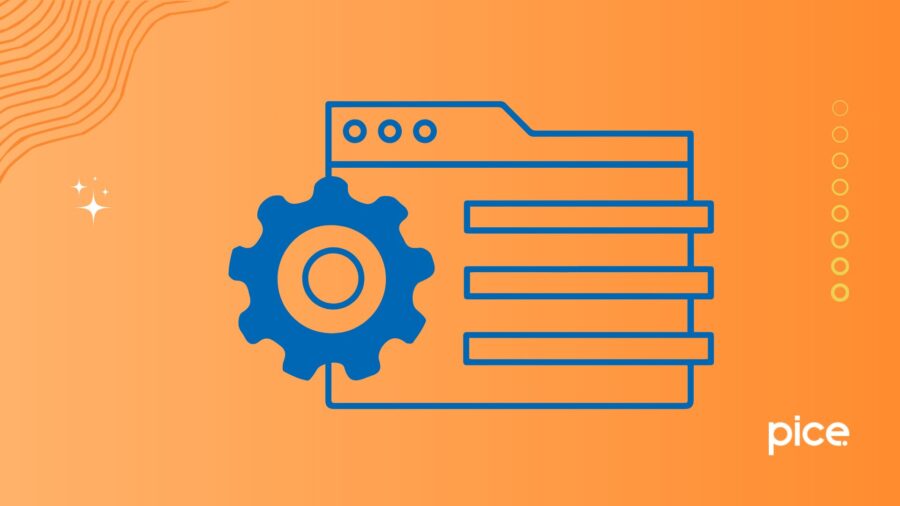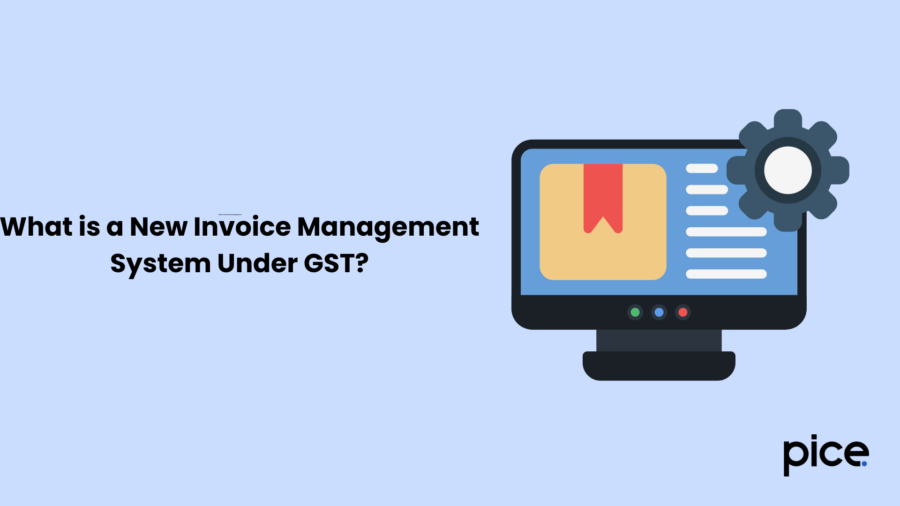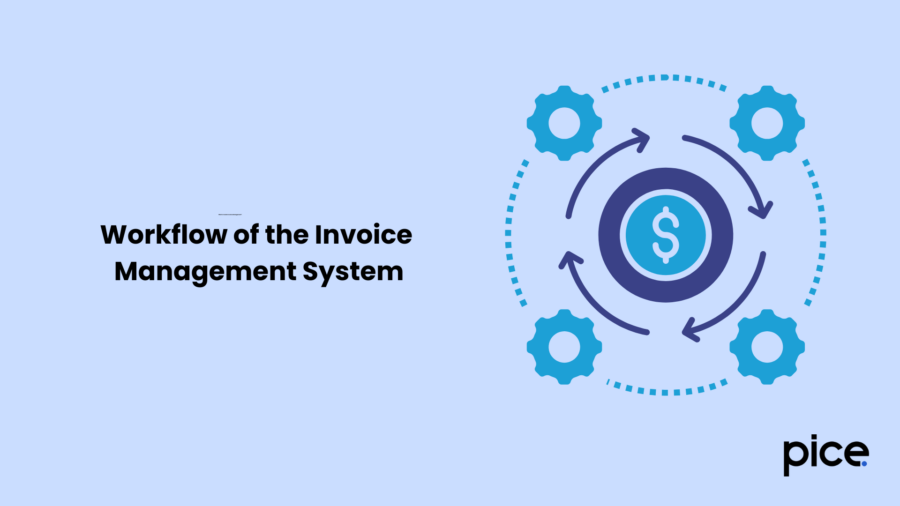A Guide on Simplified New GST Invoice Manager System
- 12 May 25
- 13 mins

A Guide on Simplified New GST Invoice Manager System
Key Takeaways
- IMS enables real-time tracking, validation, and reconciliation of GST invoices between buyers and suppliers.
- It reduces tax fraud and errors while ensuring timely and accurate Input Tax Credit (ITC) claims.
- The system auto-integrates with GSTR-2B, allowing seamless invoice acceptance and compliance monitoring.
- Businesses benefit from improved transparency, reduced paperwork, and enhanced cash flow management.
- Despite initial challenges like costs and training, IMS is a game-changer for streamlined GST compliance.
The Invoice Management System (IMS) under GST is a digital feature created to help handle invoices faster and maintain accurate records. It helps businesses make invoicing, reporting and regular invoice tracking possible in real time, reducing errors and fraud. IMS matches invoices between buyers and sellers, so only genuine tax credits can be claimed.
For large businesses, this system is especially useful, but for medium and small enterprises, it is in the works for their use. With better control over incorrect invoices, IMS supports smoother GST compliance. This is a crucial step toward a more open and more efficient tax system in India.
Handle all your sales and purchase invoices in one place.
Pice’s all-in-one invoice management tool helps you track, send, and organize invoices from a single dashboard. Automatically share new invoices with customers, send timely payment reminders, and keep your collections under control—effortlessly.
Want early access? Fill out this form to get request a demo!
What is a New Invoice Management System Under GST?

The invoice management system under the GST framework is intended to facilitate a faster and more transparent invoicing process for businesses and the government. It assists in the continual format of invoicing and assists with verifications, helping manage the invoices as they are tracking and matching invoices between buyers and sellers.
This significantly reduces the incidence of losses from fictitious invoicing, and the potential for tax fraud/information discrepancies.
The IMS obtains the invoice details from the supplier's GSTR and directly countervails with the buyer's GSTR. This will ensure correct reporting, potentially speed up the tax credit for businesses and help businesses comply with the framework.
IMS also has a compliance aspect. The reduced chance of mismatching and incorrect reporting has a tax compliance proportionality. Businesses will have the chance to report, track and reconcile their invoices on at least a monthly basis which also reduces the risk of errors which will reduce potential losses.
IMS is especially significant for large taxpayers who are often audited and will improve efficiency from a record retention perspective; this could lead to reduced compliance costs. Ultimately, IMS provides greater accuracy, confidence and speed in GST processes which on balance is a win/win situation for businesses and the government as it may reduce ambiguity and increase transparency into proper tax collecting for businesses.
How Was the Invoice Management System Introduced?
Introduced on October 14, 2024, the Invoice Management System is an important component as submitted by the Goods and Services Tax Network (GSTN). It provides enterprises with a well-structured technique for well management of invoices and claiming Input Tax Credit (ITC).
In the past years, there have been many companies facing challenges in the reconciliation of GST invoices subject to issuance by suppliers and leading to dissimilarities in ITC claims, penalties and delays in the refund process under GST returns.
IMS was developed for decoding these issues by authorising taxpayers to track, accept, reject and defer invoices once suppliers upload them in real-time. This system assures that only the verified invoices are utilised properly for computation of ITC, which is crucial for businesses to follow under the Goods and Services Tax regime.
Workflow of the Invoice Management System

Here is a detailed overview of the workflow process of the invoice management system:
· Submission from Suppliers
Suppliers must submit their respective GSTR-1 form by the 11th of each month or they can utilise the Invoice Furnishing Facility (IFF) or proceed with amendment of invoices through GSTR-1A. GSTR-1A form can be submitted until the GSTR-3B tax filing process takes place by the recipient for that specific period.
· Visibility of Invoice
After the complete submission of the invoice from the supplier's side, it displays automatically on the IMS dashboard of the recipient and is included automatically in GSTR-2B.
· Features of Dashboard
The IMS dashboard consists of important details that include the GSTIN of the supplier, invoice number, trade name and type of invoice.
· Timely actions of Recipient
Every recipient needs to work on each invoice following a specified timeframe. The three underlying options are:
a. Accept: The invoice turns up to be a significant part of the recipient’s auto-generated ITC statement (GSTR-2B).
b. Reject: Exclusion of invoice takes place from the ITC report.
c. Pending: The generated invoice is further carried forward to the upcoming month and isn't included under the current month's GSTR-2B.
· Future Pending Invoices
It is possible for recipients to avail pending invoices in the upcoming months, subject to limitations as specified in Section 16(4) of the CGST Act, 2017.
· Handling of Amendments
If suppliers end up amending any pending or accepted invoice, the updated version soon starts to replace the old invoice. The recipient accordingly should take action on the amended invoices. Any amendment made through GSTR-1A gets reflected on GSTR-2B in the next month.
· Deemed Acceptance
If no action is taken from the recipient's end on an invoice, it is deemed accepted and included in the GSTR-2B generation.
Essential Components of the IMS
The IMS consists of several components and aims at smooth facilitation and improvement of the invoice management process. Let's explore the essential components of IMS in detail:
· Real-Time Invoice Tracking
One of the essential components of IMS is its ability for real-time invoice tracking. Once suppliers upload the invoices, it is the duty of taxpayers to consider and act on those invoices providing they can reach an immediate decision about their Input Tax Credit claims. Choosing this method thus not only helps speed up the invoice reconciliation process but also reduces mistakes to happen.
· Acceptance of Invoices
If any taxpayer does not start working on an invoice by the 14th of every month, the IMS considers the invoice acceptable automatically. Businesses face flexibility with an increased volume of transactions but guarantee the non-missing of any valid ITC.
· Seamless Integration with GSTR-2B
IMS carries out a seamless functioning with GSTR-2B, an auto-generated form with documentation of all invoices eligible for ITC. Invoices accepted get reflected instantly in GSTR-2B and permit companies to claim their ITC easily without taking much stress about invoice mismatches.
· Managing Amendments and Corrections
IMS also manages amendments of invoices. If any invoice undergoes modification from the supplier side, the system then automatically reflects those amendments and enterprises continue to examine the updated invoice before finalisation of their ITC claims.
· Bulk Actions and Offline Review
For businesses carrying out large numbers of transactions, IMS allows for taking action on invoices. Taxpayers are eligible to accept, reject and go through all pending invoices all in one time, saving time and effort. Furthermore, you can download invoices in an Excel format to review them offline.
Advantages of the Invoice Management System
An invoice management system enables businesses to handle their process of billing with ease and accuracy. This system creates, sends and tracks any digital invoice, reducing disputes over invoices and saving time. Following this system, cash flow is enhanced and well-organised records can be maintained. This is a convenient and smarter way of managing payments and accounts.
· Improved Accuracy in ITC Claims
One of the most important advantages of the invoice management system is its capability to enhance the accuracy of ITC claims. Proper handling of invoices minimises the chances of making errors such as incorrect GST details, missing documents and mismatching of data.
This kind of mistake can lead to the rejection of ITC claims. Following an automated system, make sure to store every invoice properly checking details are error-free. This thereby helps not only to avail full credit but also prevents the occurrence of legal issues. It thereby makes the ITC process faster, smoother and reliable.
· Reduced Administrative Burden
With the use of an Invoice Management System, the need for manual work is reduced. Traditionally, employees often spend time creating, checking, sending and filing invoices. This process is slow, tiring and also causes mistakes. Instead, opting for a digital method will allow you to complete tasks automatically. You can create invoices within a few clicks and enable storing of data safely.
Alongside this, it also becomes easy to search and sort out invoice corrections, saving both time and effort for employees. It also reduces the requirement for paperwork and filing cabinets.
· Enhanced Cash Flow Management
The Invoice Management System provides real-time access to the numerous invoice data that will help businesses manage their cash flow better. That means businesses can determine which invoices are not paid, are paid or overdue and use this information to plan for payment and collections. Faster invoice tracking and fewer errors mean that companies see faster payments and avert delays in claiming input tax credits.
It also cuts the time and expenditure required for invoice amendments. Knowing exactly how much money is coming in and out ensures businesses can make better financial decisions, budget better and prevent cash shortages. As a result, there are smoother operations and the business is in better financial health.
· Improved Transparency
IMS helps increase transparency in the GST process as it ensures accurate recording and matching of all invoices between buyers and sellers. This makes both sides aware of billing and claiming procedures and thereby lowers confusion and disputes.
The sharing of data with the GST system increases the possibility of manipulation and fraud. It also makes it simpler for businesses to check and agree that their transactions are pertinent and comply.
Moreover, the government benefits since it can easily trace transaction volumes and identify any suspicious activities. All things considered, IMS makes it possible for businesses and tax authorities to interact with each other, enhance the processes of tax relations and deal with honest practices in a more transparent, reliable tax environment.
Challenges in Adopting the IMS
The benefits of a GST Invoice Management System are many, but a few operational challenges would be present with the adoption of it. It can take businesses especially small or medium to make the transition. Challenges include technical glitches, adaptation in time and costs of the upgradation of systems and training of staff.
Let us discuss these in detail.
· Technical Readiness
Not every business will have the requisite technology or systems to make good use of IMS. Perhaps, they would need to upgrade their software or invest in new tools to connect with the GST network. Small businesses still continue to run accounts through manual intervention and without modern means, it is hard for them to adopt IMS easily. Additionally, the staff should be trained on how to use the new system.
There is a chance of manual errors when a business is not ready technically resulting in mismatches or incorrect invoices upload. Such a delay could mean delays in tax credit claims and compliance requirement problems. Preparation for the right IMS technology setup is therefore very important for a smooth transition.
· Adjustment Period
Businesses need time to adapt their processes to switch to IMS. There is still a need for employees to learn how to use the new system, and to understand the rules of how you need to manage invoice management process in this new format. This is an adjustment period and you can make mistakes, such as affecting a robust compliance ecosystem or delaying tax credits. They also need to review and possibly change their business internal workflows and accounting systems.
For small businesses operating with limited resources, this transition might cause disruptions in daily operations. It may take weeks or even months to get to know how to work properly. Nevertheless, with time and with the right help, businesses can start to use the system's benefits gradually.
· Costs Associated with Compliance
Businesses that adopt IMS may have to face increased initial costs. Perhaps, they will have to spend on new accounting software, an IT system or on installing the Internet plug if they need to meet technical requirements. You may also require hiring experts or consultants to aid in the new system of business. In addition, the time and money to train the staff to use and operate IMS.
For small and medium businesses, covering these costs might be burdensome. IMS in terms of long-term efficiency and compliance might be a good option but investment is quite high. In this case, businesses can manage these costs by planning ahead and seeking government support or guidance.
Conclusion
The simplified Invoice Management System under GST offers clear advantages such as enhanced accuracy, improved cash flow and greater transparency. While it does require some technical setup, adjustment time, and added costs, the long-term advantages make it a valuable feature for almost any business.
If IMS planning, training and support are properly prepared, businesses can transition timelessly and enhance their compliance. It is an overall good method that will help develop a fair and orderly plan of taxation at the same time, both for the benefit of businesses and the government.
💡If you want to streamline your invoices and make payments via credit or debit card or UPI, consider using the PICE App. Explore the PICE App today and take your business to new heights.
















